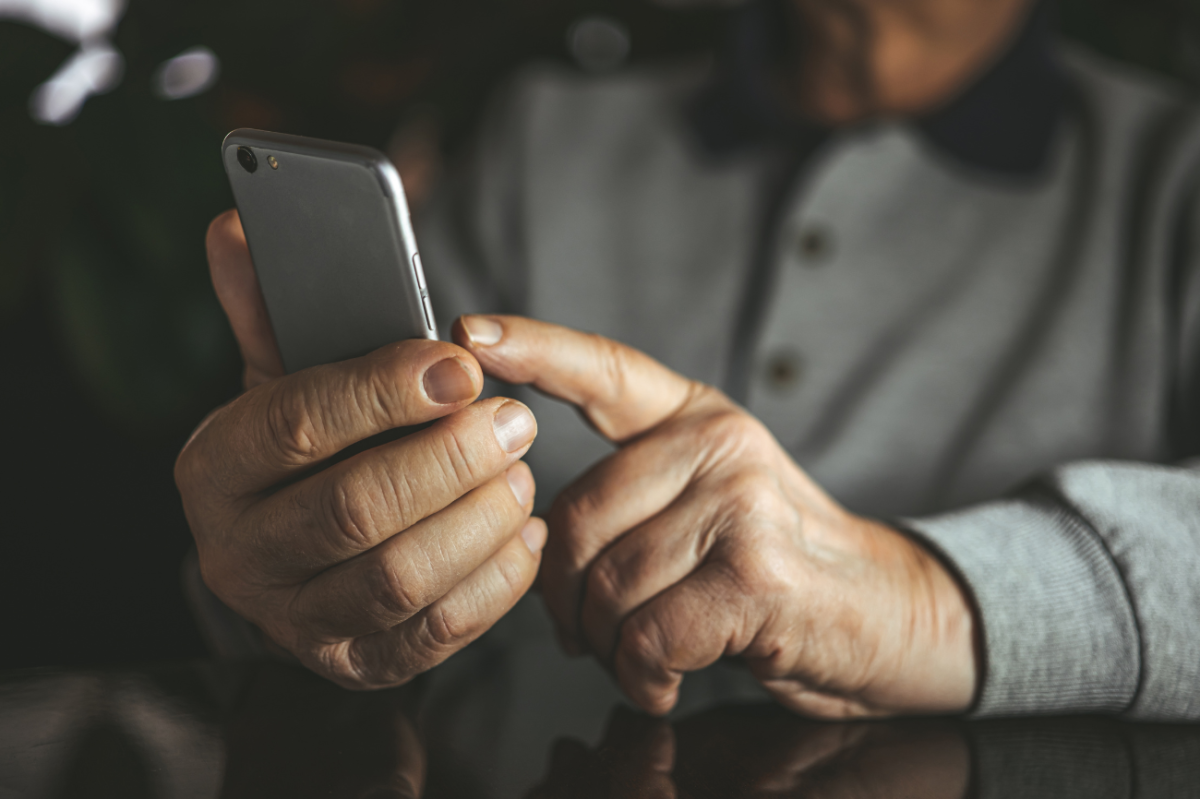Social Media Is Not to Blame for Dwindling Face-to-Face Communication
Posted on Categories Discover Magazine

It’s a familiar and seemingly logical argument: Social media makes us less social. We’re hooked to our phones at the expense of going out into the real world and interacting with other people.
And according to Jeffrey Hall, a professor of communication studies and director of the Relationships and Technology Lab at the University of Kansas, the concept even has a name: the social displacement hypothesis.
“The social displacement hypothesis is probably the most well-known, long-lasting explanation for where time spent using new technologies — from the internet to texting, and now social media — comes from,” Hall said in a 2022 press release.
But he’s not convinced that’s true.
The Facts About Social Media Use
It’s true that social media use has increased in recent years. In 2021, an estimated 72 percent of adults in the U.S. frequented at least one social media platform. Compare that with just 5 percent back in 2005.
Younger generations are still leading this trend, but those aged 65 and above are the fastest-growing demographic of social media users — having doubled in number since 2013.
Most Americans are also using social media daily. Seventy percent say they log on to Facebook at least once a day, while just 12 percent admit to using the platform less than once a week.
The social displacement argument maintains that all this social media use is slashing our face-to-face interactions. “[But] the best available evidence suggests it’s just not so,” Hall says.
Read More: Social Media May Be Changing the Way You Communicate
A Decline in Face-to-Face Communication?
In a recent study, published in the journal Current Opinion in Psychology last year, Hall and co-author Dong Liu, from Renmin University of China in Beijing, set out to find an alternative explanation.
The pair analyzed government data on the length and frequency that people have face-to-face communication in Australia, the U.K. and the U.S. between 1995 and 2021.
The data showed that all three countries indeed experienced a similar decline in real-world social exchanges during this time. And while COVID-19 restrictions had a serious impact, the downward drift of in-person socialization predates the pandemic.
A 2018 study on social media usage, for example, surveyed 1,000 teenagers and found that in 2012 their preferred way to communicate with each other was in-person. Just six years later, that was no longer the case.
But Hall and Liu argue that social media isn’t to blame for these changes. In fact, they’ve concluded that there’s very little evidence of a causal link between social media use and declining real-world socialization at all.
Read More: Social Media Is Having a Negative Impact on Teenagers’ Mental Health
Effects of Social Media
So, where is everyone finding the time to scroll through TikTok and watch YouTube videos and what are the effects of social media growth?
After crunching the numbers, Hall and Liu argue the social media boon is happening at the expense of more traditional media use — such as radio or television. It might also be reducing time spent at work or doing household chores.
Of course, there are still other reasons to be concerned about rising social media use and falling in-person interactions.
Hall’s other studies have suggested, for example, that social media might be making us feel lonelier. And there’s evidence that just one quality conversation with a friend per day can increase well-being.
So, every once in a while, it might be worth setting YouTube aside and instead embracing a movie night in front of the traditional television with family or friends.
Read More: What Is a Social Media Cleanse?